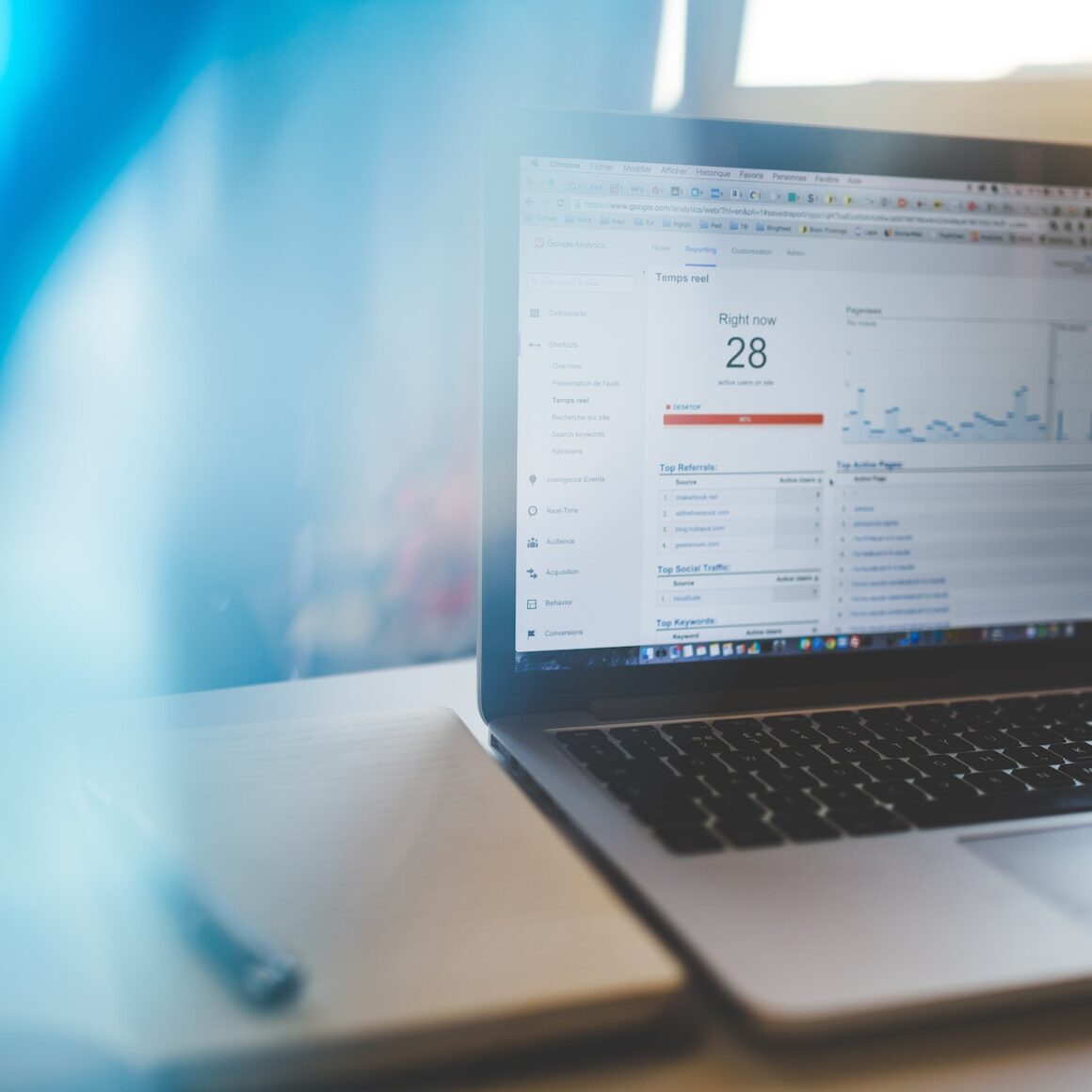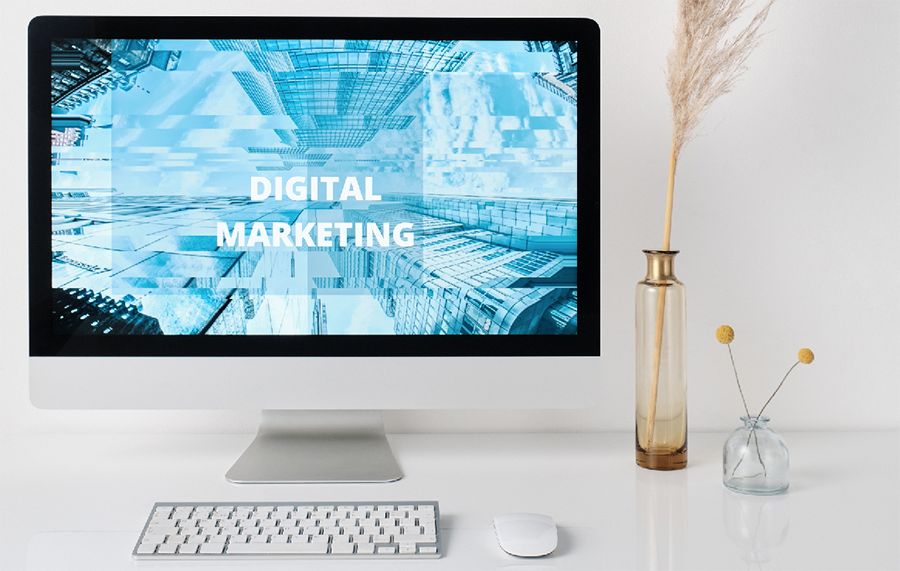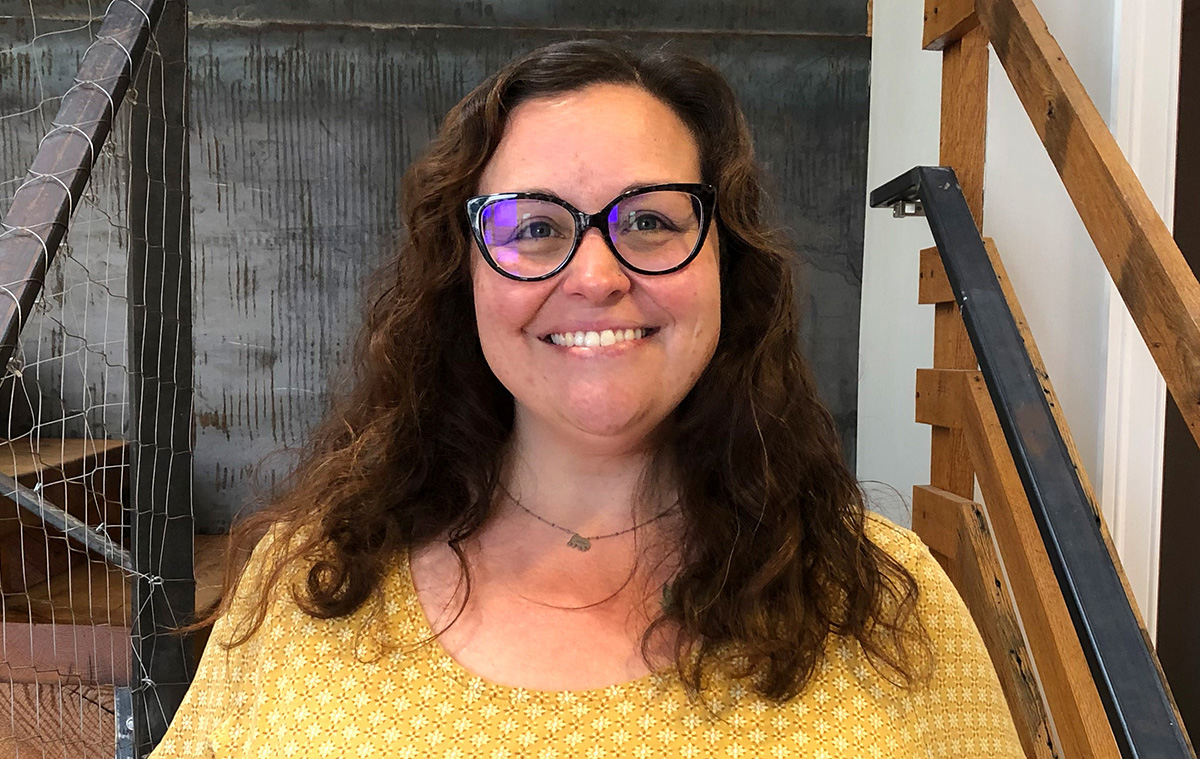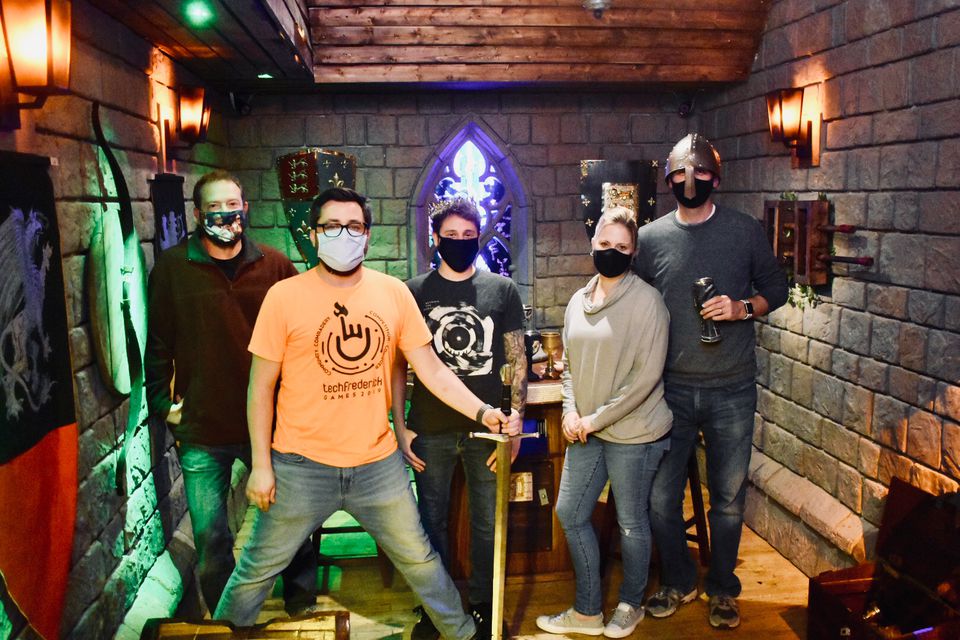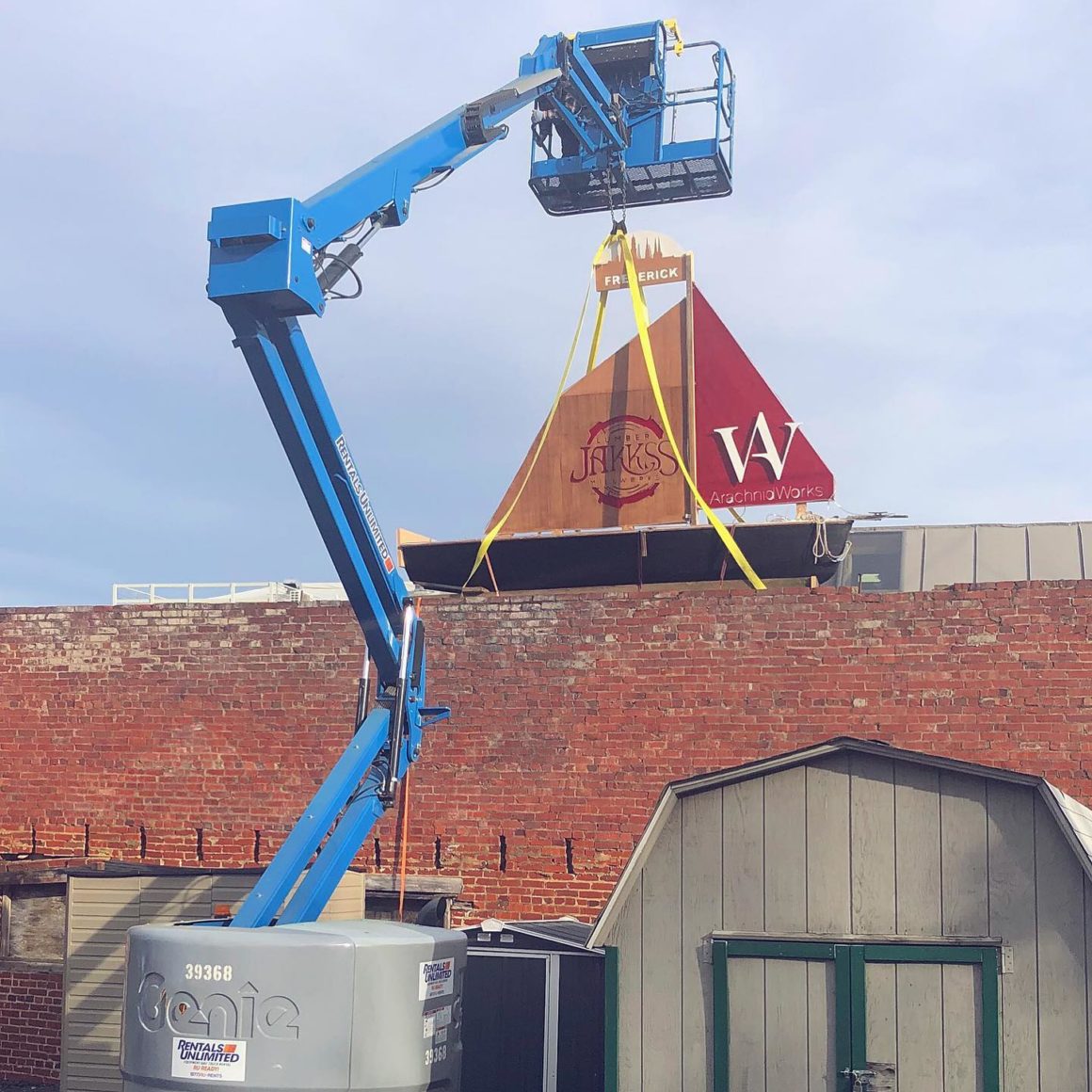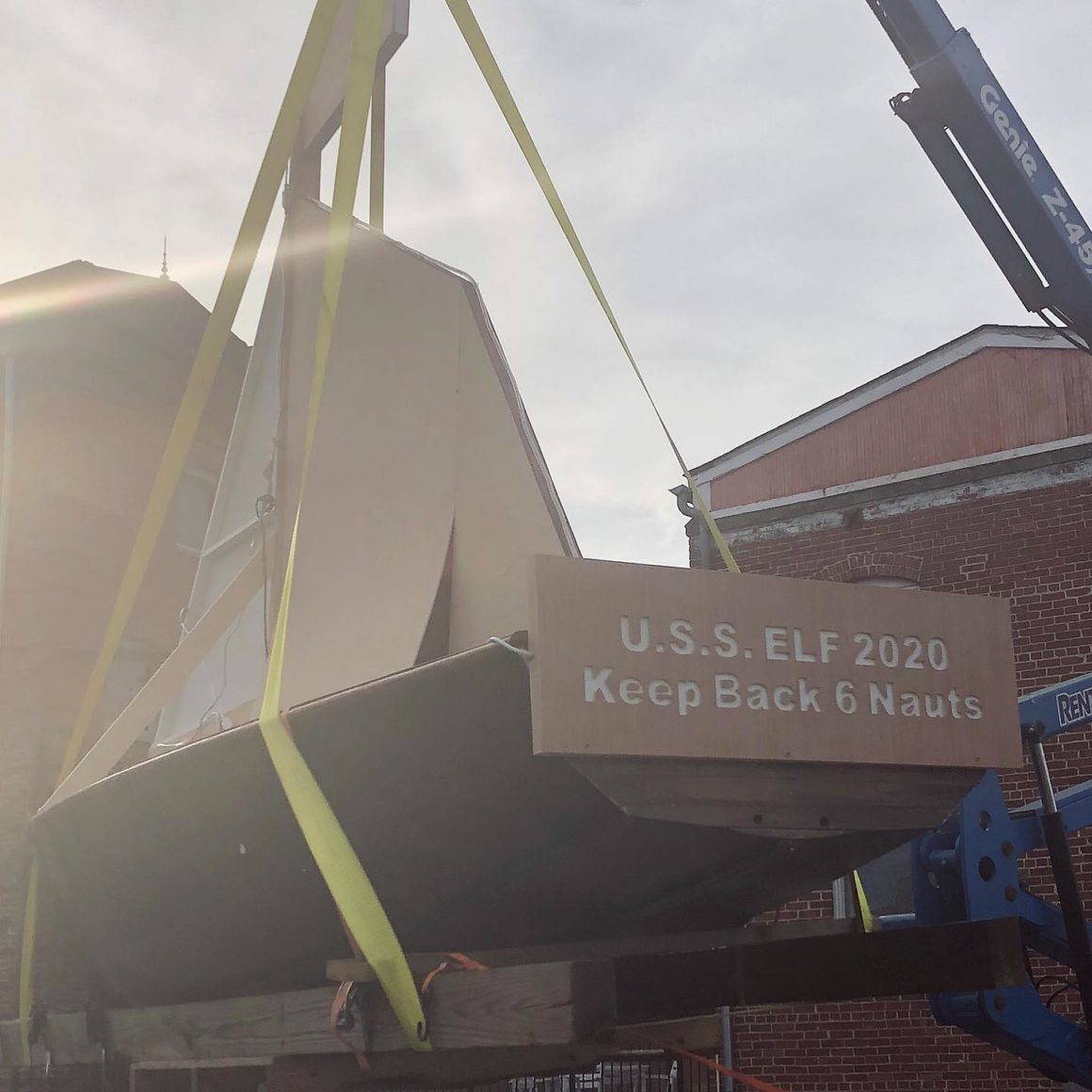
It would be hard to find a segment of American life that has not been affected by the COVID-19 pandemic—and sales and marketing are no exception. Influencer Marketing Hub (IMH), a US-based marketing strategy company, recently surveyed 237 brands of all sizes to see how they the coronavirus public health crisis has affected them, and combined those results with additional COVID-related sales and marketing statistics to create an overall snapshot of lessons and trends.
General Findings
• Some industries have been and will continue to be more affected than others. Luxury, travel, and service-related companies are struggling to survive, while business that have been classified as “essential” are struggling to meet demand.
• Companies that rely on “old media” are especially at risk. Prestigious publishers have already ceased publication of well-known, long-running publications, with more likely to come.
• Both small (less than 50 employees) and large companies (more than 1,000 employees) surveyed express significant concern over the coronavirus’s impact, and are strategizing carefully about how to market their way through the economic downturn.
Findings from the IMH Survey:
Ad Spends
• 69% of brands expect they will decrease their ad spend in 2020. Many companies indicated that there is either a high likelihood that they will be decreasing their ad spend this year, the majority from regions still in lockdown.
• 25% indicated they will increase their ad spend during the latter half of 2020.
Whereas the majority of companies indicated that they have switched to survival mode, it was interesting to note that one company out of four indicated that it would increase marketing activities.
COVID-19 has had a massive impact on the media, but this impact has been very uneven. There are clear winners and losers:
• Winners:
o There has been increased interest in news. This sector saw a 52% increase in ad spending from before the global impact.
o Other areas to have seen rises in ad spending in that timeframe include hobbies & interests (31%), technology & computing (14%), and education (13%). Notably, these are all activities that can be consumed at home.
o e-Commerce companies doubled their ad spending in the four weeks between February 17 and March 9—a trend that has continued. Ad spend from e-Commerce sites doubled from $4.8 million for a trailing four-week period starting on February 17 to $9.6 million for the week of March 9. Brands that operate both an online and physical presence have moved their marketing to the web.
• Losers
o Of course, many sectors have cut back on their advertising activity. At 72%, the most significant drop in ad spending is for law, government, and politics
o At a spending slowdown of 65% is the travel sector, making it the most significantly affected private-sector group.
o There were also noticeable drops in ad spending on sports (40%), science (26%), and family & parenting (24%).
Social Media
Especially in places that experienced strict lockdown, people turned to social media in increasing numbers for information. They have also used videoconferencing and messaging apps to remain in contact with families, friends, work colleagues, and clients.
• In March when stay-at-home orders began, nearly three quarters of the firms surveyed reported having slowed down their social media posting after closing or slowing down activities. This number rose significantly after social media managers settled into working from home.
• Early in the pandemic, IMH’s research indicated that 34% of respondents indicated a shift in social network preference from Instagram to Twitter, presumably because of its focus on news. A significant number of respondents reported increasing their Facebook usage, although this may have been more to check in on their family and friends than for work activities.
• Facebook has seen a definite surge in the use of both Messenger and WhatsApp over the last few months, reporting 70% more time spent across their apps and a doubling of live views in a week. They saw messaging increase over 50% and time in group calling (calls with three or more participants) increase by over 1,000% during March. The countries with the strictest lockdowns have seen the highest use in messaging apps.
Email Campaigns
A possibly surprising stat relates to email open rates during the time that consumers stay at home.
• Email open rates have risen by up to 25% week-on-week in retail. Clearly, people have more time on their hands at the moment and can devote more of it to opening and reading their emails.
• Daily email open rates are generally increasing by 5-10% each week.
• Email opens and resulting interactions have increased more on desktop than mobile. Clearly, more people are working at home on their laptops, which they use to check their emails, rather than their smartphones, as they have previously. Reading email communications on the desktop provides a less distracting browsing experience than on mobile devices, and consumers are taking more time to read longer content.
A study by Pattern89 has noticed a shift in the types of imagery used by brands in social media ads during the pandemic. They found 27.4% fewer images showing models hugging or shaking hands in ads on Facebook and Instagram. According to the study, images and videos displaying water splashing, hand/face washing, or cleaning have risen at six times the regular rate.
Last week, despite the prediction that the global ad market would shrink by 7%, or $42 billion, a new study from Viamedia shows marketers are quickly adapting. According to the study, 83% of US businesses have overhauled their marketing strategies for a post-pandemic world. (Viamedia’s findings are based on a survey among business owners [59%] and advertising agencies on behalf of businesses [29%], conducted between May 15 and May 27.)
The study found that despite the economic downturn, there remains a strong need for advertising—45% of business owners from various industries say they’re seeking creative incentives for advertising. 40% of respondents also reported an annual marketing budget of at least $75,000—over half of which was allotted to advertising.
More than 46% of respondents say they’re offering incentives and promotions to drive sales and continue operating during the downturn, while 10% have shifted to digital operations, and 9% plan to expand. Still, 28% report that they are looking for guidance on how to change their marketing strategy to weather the pandemic.
This latest study reports that many respondents expressed optimism over their post-pandemic futures, with 36% saying they felt their business would be the same as it was pre-pandemic.
